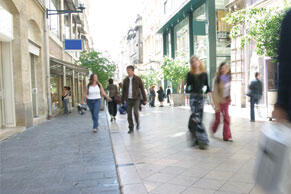VAT increase for some businesses
At the start of the pandemic, the government cut the flat rate scheme percentages for businesses in the hospitality industry. As of 1 October 2021, these rates have increased. Who is affected, and why isn’t it the end of the story just yet?

In broad terms, a business using the flat rate scheme (FRS) charges output tax at the standard rate, but only accounts for it to HMRC at a specified FRS percentage - keeping the difference. But the snag is that they can’t claim input tax on most of their purchases. There are also rules to prevent traders that don’t incur much VAT from benefiting unfairly from the FRS.
Early on in the pandemic the government cut the FRS percentages for accommodation businesses, e.g. hotels, pubs and catering services. However, these cuts were temporary. As of 1 October 2021, each of the three rates has increased, albeit not back to their original level as yet. The rates are now as follows (previous figure in brackets):
- Accommodation businesses 5.5% (0%)
- Pubs 4% (1%)
- Catering services including restaurants and takeaways 8.5% (4.5%).
These percentage rates will apply until 31 March 2022, when it is expected that they will return to their pre-pandemic levels of 10.5%, 6.5% and 12.5% respectively.





 This website uses both its own and third-party cookies to analyze our services and navigation on our website in order to improve its contents (analytical purposes: measure visits and sources of web traffic). The legal basis is the consent of the user, except in the case of basic cookies, which are essential to navigate this website.
This website uses both its own and third-party cookies to analyze our services and navigation on our website in order to improve its contents (analytical purposes: measure visits and sources of web traffic). The legal basis is the consent of the user, except in the case of basic cookies, which are essential to navigate this website.